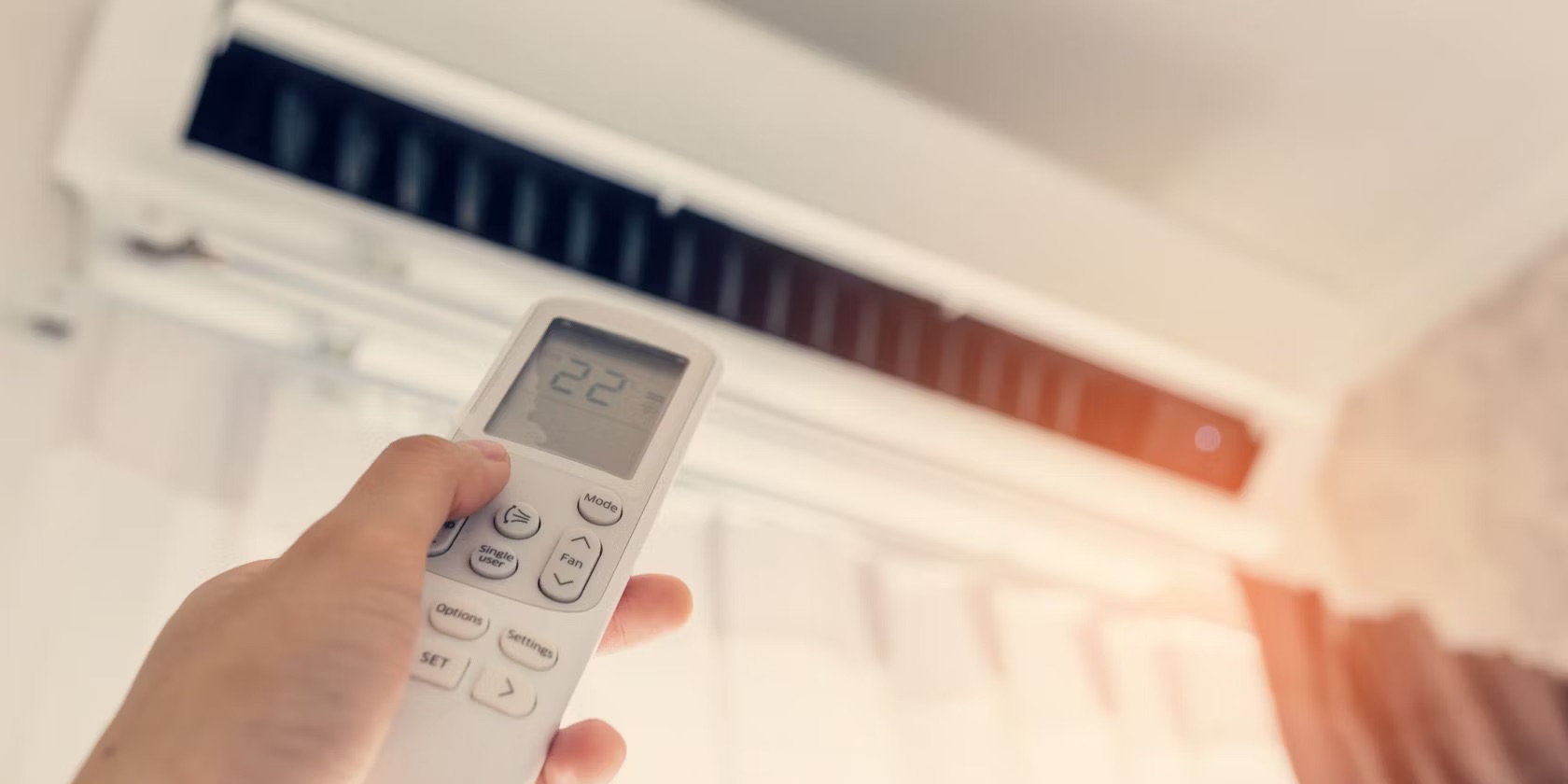

Articles
What Is Eco Mode On AC
Modified: August 16, 2024
Learn about the benefits of Eco Mode on your AC through informative articles. Find out how to conserve energy and reduce your environmental impact.
(Many of the links in this article redirect to a specific reviewed product. Your purchase of these products through affiliate links helps to generate commission for Storables.com, at no extra cost. Learn more)
Introduction
When it comes to keeping our homes comfortable during hot summer months, air conditioning is a crucial component. However, along with the relief it provides, AC systems can consume a significant amount of energy, leading to higher electricity bills and a harmful impact on the environment. To address this concern, many modern air conditioners now come equipped with an “Eco Mode” feature.
Eco Mode, short for “Economic Mode,” is a setting found in most air conditioning units that aims to optimize energy usage and reduce environmental impact. Activating this mode alters the AC’s operating parameters, allowing it to operate more efficiently and use less power while still maintaining a comfortable indoor temperature. In this article, we will take a closer look at the concept of Eco Mode on AC units, its benefits, how it works, and some tips for saving energy while using this feature.
Understanding Eco Mode on AC
AC units equipped with Eco Mode are designed to provide a balance between comfort and energy efficiency. When activated, this mode adjusts the performance of the AC system to reduce power consumption while maintaining a suitable indoor climate. Eco Mode typically regulates factors such as temperature, fan speed, and compressor cycles to achieve optimal efficiency.
Benefits of Using Eco Mode
The primary benefit of using Eco Mode is reducing energy consumption, which translates into lower electricity bills. By operating the AC system more efficiently, it requires less power to maintain a comfortable temperature in the room. Additionally, Eco Mode minimizes the environmental impact associated with high energy consumption, helping to lower greenhouse gas emissions and preserve natural resources.
Aside from the financial and environmental advantages, Eco Mode also promotes enhanced comfort and convenience. The feature automatically adjusts the AC settings according to the current conditions, saving users the hassle of constantly monitoring and manually adjusting the system.
Key Takeaways:
- Eco Mode on AC units optimizes energy usage, reduces environmental impact, and promotes longer system lifespan while maintaining comfortable indoor temperatures automatically. It’s a win-win for both your wallet and the planet!
- While Eco Mode offers significant energy savings, it may have drawbacks in extreme heat or humid conditions. Understanding its limitations and implementing additional energy-saving measures can help maximize its benefits.
Read more: What Does Eco Mode Do On An Air Conditioner
Understanding Eco Mode on AC
Eco Mode is a feature commonly found in modern air conditioning units that aims to optimize energy usage and reduce environmental impact. This mode allows the AC system to operate in a more efficient manner while still providing a comfortable indoor environment.
When Eco Mode is activated, the AC unit adjusts various parameters to achieve energy savings. These parameters typically include temperature settings, fan speed, and compressor cycles. By fine-tuning these factors, the AC system can achieve optimal performance while using less power.
One key aspect of Eco Mode is temperature regulation. The AC unit will set the temperature slightly higher than the desired level, allowing for a more energy-efficient operation. This means that the AC will not need to work as hard to cool the room, resulting in less energy consumption.
In addition to temperature control, Eco Mode also adjusts the fan speed. The fan may operate at a lower speed in this mode, reducing the amount of power needed to circulate the cool air throughout the room. This helps to further minimize energy usage while maintaining adequate air circulation.
Compressor cycles are another element that Eco Mode optimizes. The compressor is responsible for cooling the refrigerant in the AC system. In Eco Mode, the compressor cycles are carefully controlled to ensure that they are not operating unnecessarily or for excessive durations. This helps to reduce energy wastage and increase overall efficiency.
It is important to note that the specific settings and functionalities of Eco Mode can vary depending on the make and model of the AC unit. Some units may have more advanced features, such as intelligent sensors that can detect occupancy in a room and adjust the cooling accordingly. Others may have programmable timers that allow users to customize the operation of the AC system based on their schedule.
Overall, Eco Mode on AC units is designed to strike a balance between energy efficiency and comfort. It allows users to reduce their environmental impact and lower their energy bills without sacrificing the comfort of a cool and comfortable indoor environment.
Benefits of Using Eco Mode
Using Eco Mode on your air conditioning unit can bring about several significant benefits. Let’s explore some of them below:
- Energy savings: One of the primary advantages of using Eco Mode is reduced energy consumption. By optimizing the performance of the AC unit, Eco Mode can lower power usage while still maintaining a comfortable indoor temperature. This can result in noticeable savings on your electricity bills, especially during the hot summer months when AC usage is high.
- Environmental impact: By reducing energy consumption, Eco Mode helps to decrease the environmental impact of air conditioning systems. Energy production, particularly from fossil fuels, emits greenhouse gases and contributes to climate change. When you use Eco Mode, you are actively contributing to the reduction of carbon emissions, preserving natural resources, and promoting a sustainable environment.
- Extended lifespan of the AC unit: Operating your air conditioner in Eco Mode can help prolong the lifespan of the system. By reducing the workload and stress on the components, the unit is less likely to experience wear and tear. This can result in fewer repairs and a longer lifespan, saving you money on potential maintenance costs or the need for premature replacement.
- Consistent comfort: Despite the energy-saving benefits, Eco Mode does not compromise on your comfort. The AC unit still maintains a comfortable indoor temperature while adjusting its operation to use less power. You can enjoy a cool and comfortable environment without experiencing noticeable differences in comfort levels compared to conventional AC modes.
- No manual adjustments: Eco Mode operates automatically, meaning you do not have to constantly monitor and adjust the settings of your AC unit. Once you activate Eco Mode, the system handles the adjustments, ensuring energy-efficient operation without requiring constant intervention from the user. This convenience allows you to enjoy a comfortable space without the hassle of constantly tinkering with the AC settings.
Overall, using Eco Mode on your air conditioning unit brings a host of benefits, including energy savings, reduced environmental impact, a longer lifespan for your AC system, consistent comfort, and the convenience of automatic operation. By incorporating Eco Mode into your cooling routine, you can create a more sustainable and efficient environment within your home or office while enjoying the comfort you need.
How Does Eco Mode Work?
Eco Mode operates by tweaking various parameters of the air conditioning unit to achieve energy efficiency without sacrificing comfort. Let’s dive into the details of how Eco Mode works:
Temperature optimization: One of the primary functions of Eco Mode is temperature regulation. When activated, Eco Mode adjusts the temperature slightly higher than the desired level to reduce energy consumption. By setting a slightly higher temperature, the AC unit doesn’t have to work as hard to cool the room, resulting in energy savings.
Fan speed control: Eco Mode also regulates the fan speed of the air conditioner. By adjusting the fan speed to a lower setting, the unit consumes less energy while still ensuring adequate air circulation. This helps to maintain a comfortable environment while minimizing power usage.
Compressor cycle management: The compressor is a crucial component of an air conditioning system as it cools the refrigerant. In Eco Mode, the compressor cycles are intelligently managed to avoid excessive or unnecessary operation. By optimizing the compressor cycles, the AC unit can achieve energy savings without compromising performance.
Intelligent sensors and occupancy detection: Some advanced AC units with Eco Mode feature built-in intelligent sensors that can detect occupancy in a room. These sensors adjust the temperature and fan speed automatically based on the presence or absence of people. For example, if the room is unoccupied, the sensors may adjust the settings to conserve energy. This smart feature ensures optimal comfort and energy efficiency.
Power-saving timers and scheduling: Certain air conditioning units equipped with Eco Mode offer programmable timers and scheduling functionality. This allows users to customize the operating hours of the AC system based on their daily routine or occupancy patterns. By setting specific time intervals for the AC to turn on or off, you can avoid unnecessary usage and save energy.
Intuitive AI algorithms: In some advanced Eco Mode-enabled AC units, sophisticated artificial intelligence (AI) algorithms are implemented. These algorithms analyze historical usage patterns, outdoor weather conditions, and other factors to optimize energy consumption. The AI algorithms continuously learn and adapt, ensuring that the AC system operates at its most efficient level.
By employing these techniques, Eco Mode allows air conditioning units to minimize energy consumption and maximize efficiency. It strikes a balance between performance and energy savings, ensuring a comfortable indoor environment while reducing the AC’s environmental impact.
Eco mode on an AC helps save energy by adjusting the temperature and fan speed to maintain a comfortable environment while reducing power consumption. Use it to lower your electricity bills and reduce your environmental impact.
Energy Saving Tips with Eco Mode
While using Eco Mode on your air conditioning unit is a great way to save energy, there are additional steps you can take to maximize efficiency and reduce your environmental footprint. Consider the following energy-saving tips:
- Set the temperature mindfully: Even with Eco Mode, setting the temperature a few degrees higher can significantly impact energy consumption. Every degree counts, so aim for a comfortable but slightly higher temperature to save energy.
- Utilize natural ventilation: Take advantage of cooler morning and evening temperatures by opening windows and allowing natural breezes to circulate through your space. This can reduce the need for the AC to run at full capacity, saving energy.
- Use blinds or curtains: Direct sunlight can increase the heat inside your home. Use blinds or curtains to block out sunlight during the hottest parts of the day, reducing the strain on your AC system and decreasing energy usage.
- Maintain your AC unit: Regular maintenance, such as cleaning or replacing air filters, ensures that your AC system operates efficiently. A well-maintained unit requires less energy to cool the room, resulting in energy savings.
- Make use of timers or scheduling: If your AC unit has programmable timers or scheduling features, utilize them to optimize energy usage. Set the AC to turn off when you’re away or during cooler hours of the day, and program it to turn on before you return home.
- Seal gaps and insulate: Ensure that your home is properly insulated to prevent cool air from escaping and hot air from infiltrating. Seal any gaps around doors and windows to maintain a more efficient indoor environment, allowing your AC unit to work effectively.
- Consider zone cooling: If your AC system allows for it, consider zoning different areas of your home. This way, you can cool only the areas that are in use, saving energy by not wastedly cooling unoccupied spaces.
- Maximize natural ventilation during evenings: In the evening, when the outside temperature drops, turn off the AC and open windows to allow natural ventilation. This can give your AC unit a break and help reduce overall energy consumption.
- Use fans in conjunction with AC: Fans help in air circulation, making you feel cooler even at slightly higher temperatures. Use ceiling or portable fans along with the AC to enhance the cooling effect and lessen the reliance on the AC system.
By incorporating these energy-saving tips along with using Eco Mode, you can optimize your air conditioning system’s efficiency and further reduce your energy usage. Small changes in your habits and maintenance routines can make a significant difference both in terms of cost savings and reducing your environmental impact.
Potential Drawbacks of Eco Mode
While Eco Mode on air conditioning units offers numerous benefits, it is essential to be aware of a few possible drawbacks. Understanding these drawbacks can help you make an informed decision about when and how to use Eco Mode effectively:
- Less cooling power: In Eco Mode, the AC unit operates at a reduced capacity to minimize energy consumption. As a result, it may take longer to cool down the room or may not be able to cool it as efficiently in extreme heat conditions. If you require rapid cooling or live in an extremely hot climate, Eco Mode may not provide the level of cooling power you desire.
- Less efficient in excessively humid environments: In areas with high humidity, Eco Mode may not effectively remove excess moisture from the air. This can result in a less comfortable indoor environment and potential mold or mildew issues. In such cases, it may be necessary to use a dehumidifier or switch to a different mode on your AC unit to address the humidity concern.
- Noise reduction: Some air conditioning units may run at a lower fan speed in Eco Mode, which can lead to reduced noise levels. While this may be advantageous for undisturbed sleep or quieter environments, it may not provide the same level of white noise that masks external sounds. This can be a drawback for those who prefer a constant background noise to drown out other sounds.
- Varying comfort preferences: Different individuals may have varying comfort preferences. While Eco Mode works to maintain a comfortable indoor temperature, it may not suit everyone’s individual comfort expectations. Some may find the slightly higher temperature or reduced cooling power less comfortable, especially during extreme heat conditions.
- Dependency on user habits: The effectiveness of Eco Mode can vary depending on user habits and lifestyle. If you frequently open windows or doors, for example, the efficiency of Eco Mode may be compromised as the AC unit has to work harder to maintain the desired temperature. It is important to develop energy-conscious habits and ensure your space is well-sealed to maximize the benefits of Eco Mode.
Overall, while there are potential drawbacks to Eco Mode, they can be mitigated by understanding your specific needs and adjusting the settings accordingly. If you require rapid cooling or live in a humid environment, it may be necessary to use alternative modes or supplementary devices in conjunction with Eco Mode. By considering these drawbacks and making informed decisions, you can optimize the use of Eco Mode to benefit from its energy-saving capabilities while still maintaining a comfortable indoor environment.
Conclusion
Eco Mode on air conditioning units presents a valuable opportunity to balance comfort and energy efficiency. By activating this feature, you can reap the benefits of reduced energy consumption, lower utility bills, and a smaller carbon footprint. Eco Mode achieves these advantages by making thoughtful adjustments to temperature, fan speed, and compressor cycles.
The benefits of using Eco Mode extend beyond financial savings. By minimizing energy usage, you contribute to a healthier environment by reducing greenhouse gas emissions and conserving natural resources. Additionally, Eco Mode promotes a longer lifespan for your AC unit and ensures consistent comfort, all while requiring minimal manual adjustments.
While it’s crucial to understand the workings of Eco Mode and its benefits, it’s also important to recognize potential drawbacks. Eco Mode may not provide the same level of cooling power in extreme heat or excessively humid environments, and individual comfort preferences can vary. It’s important to find the right balance and consider alternative modes or supplementary devices when needed.
To maximize energy savings with Eco Mode, you can implement additional measures like setting temperatures mindfully, utilizing natural ventilation, and maintaining your AC unit properly. Utilizing timers and scheduling features, sealing gaps, and considering zone cooling can also enhance efficiency and reduce energy consumption.
In conclusion, Eco Mode is a valuable tool for achieving energy efficiency and reducing the environmental impact of air conditioning units. By making informed decisions, understanding the impacts of Eco Mode, and implementing complementary energy-saving practices, you can enjoy a comfortable indoor environment while contributing to a more sustainable future.
Frequently Asked Questions about What Is Eco Mode On AC
Was this page helpful?
At Storables.com, we guarantee accurate and reliable information. Our content, validated by Expert Board Contributors, is crafted following stringent Editorial Policies. We're committed to providing you with well-researched, expert-backed insights for all your informational needs.
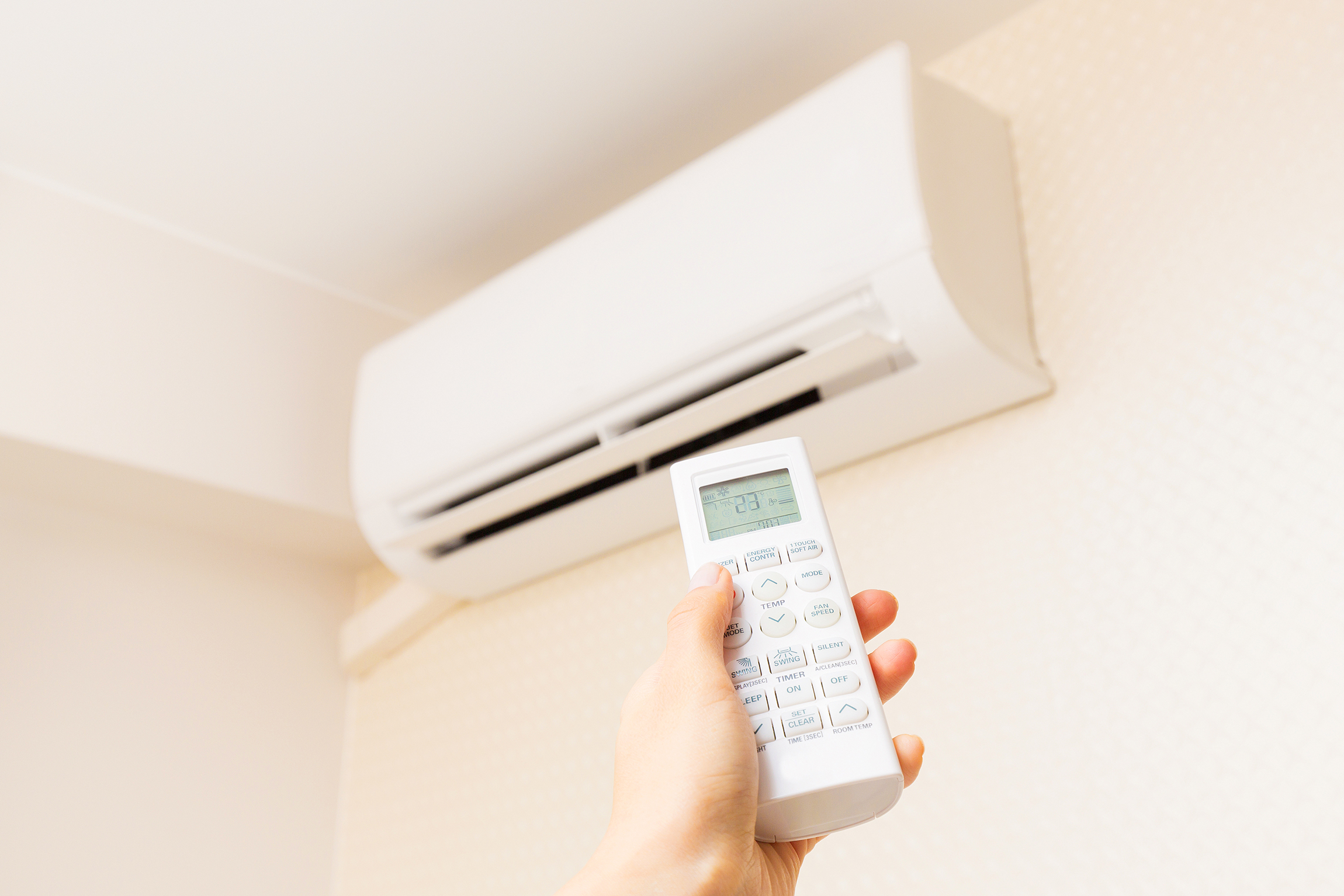
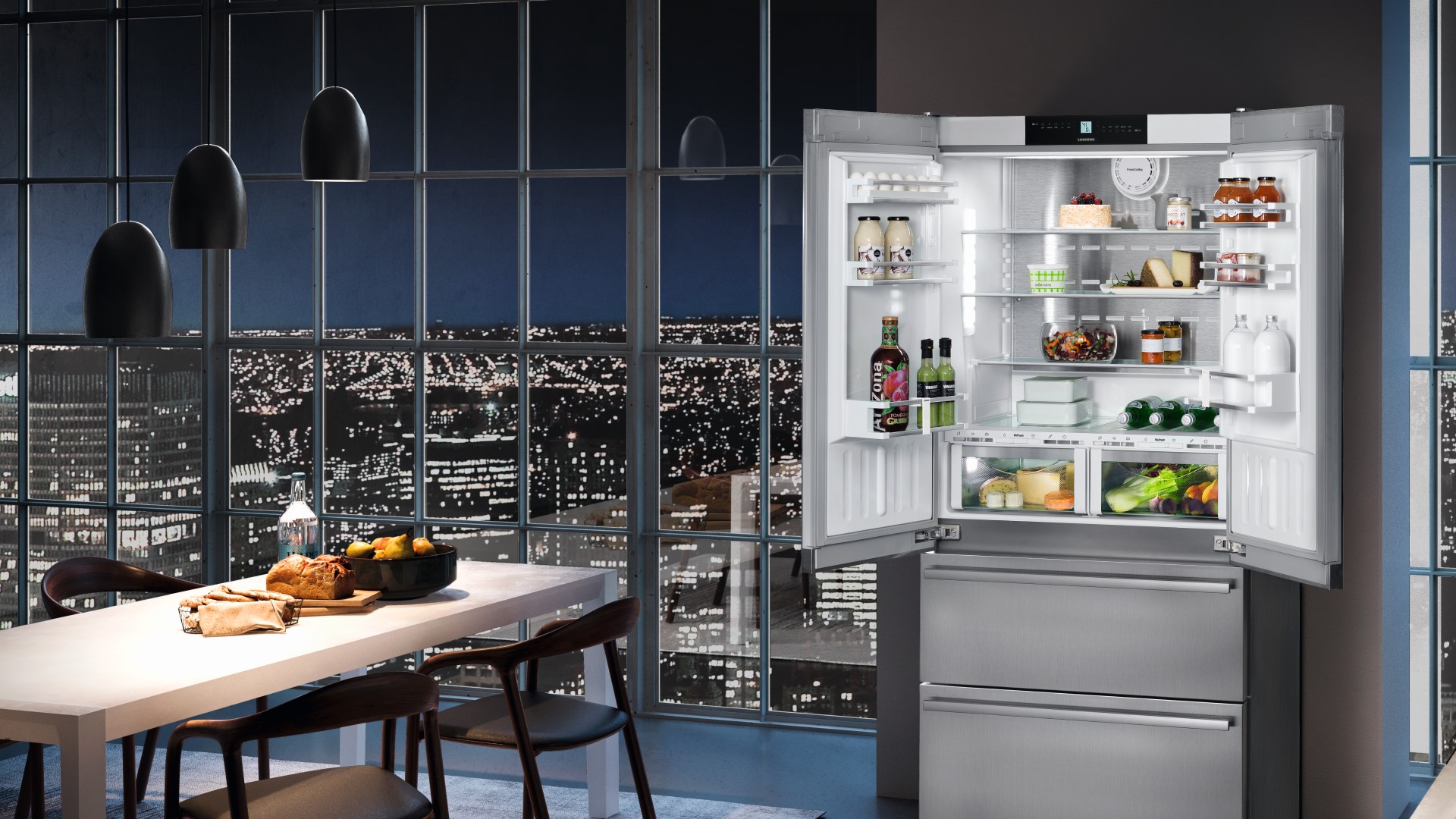

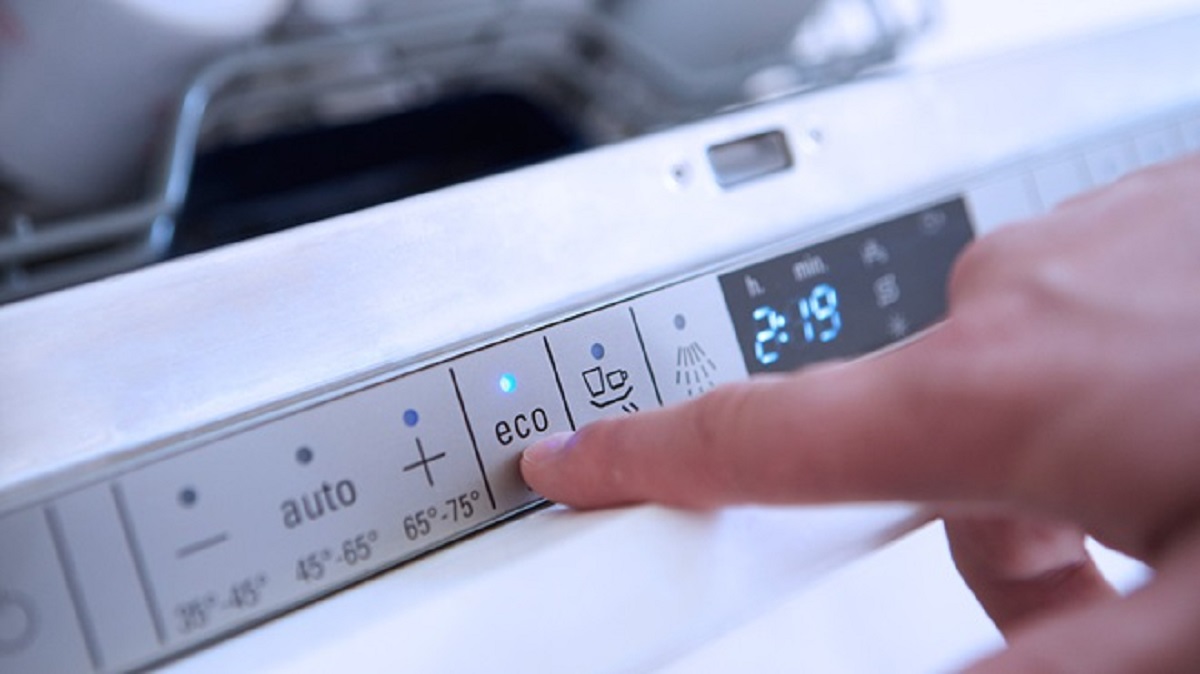


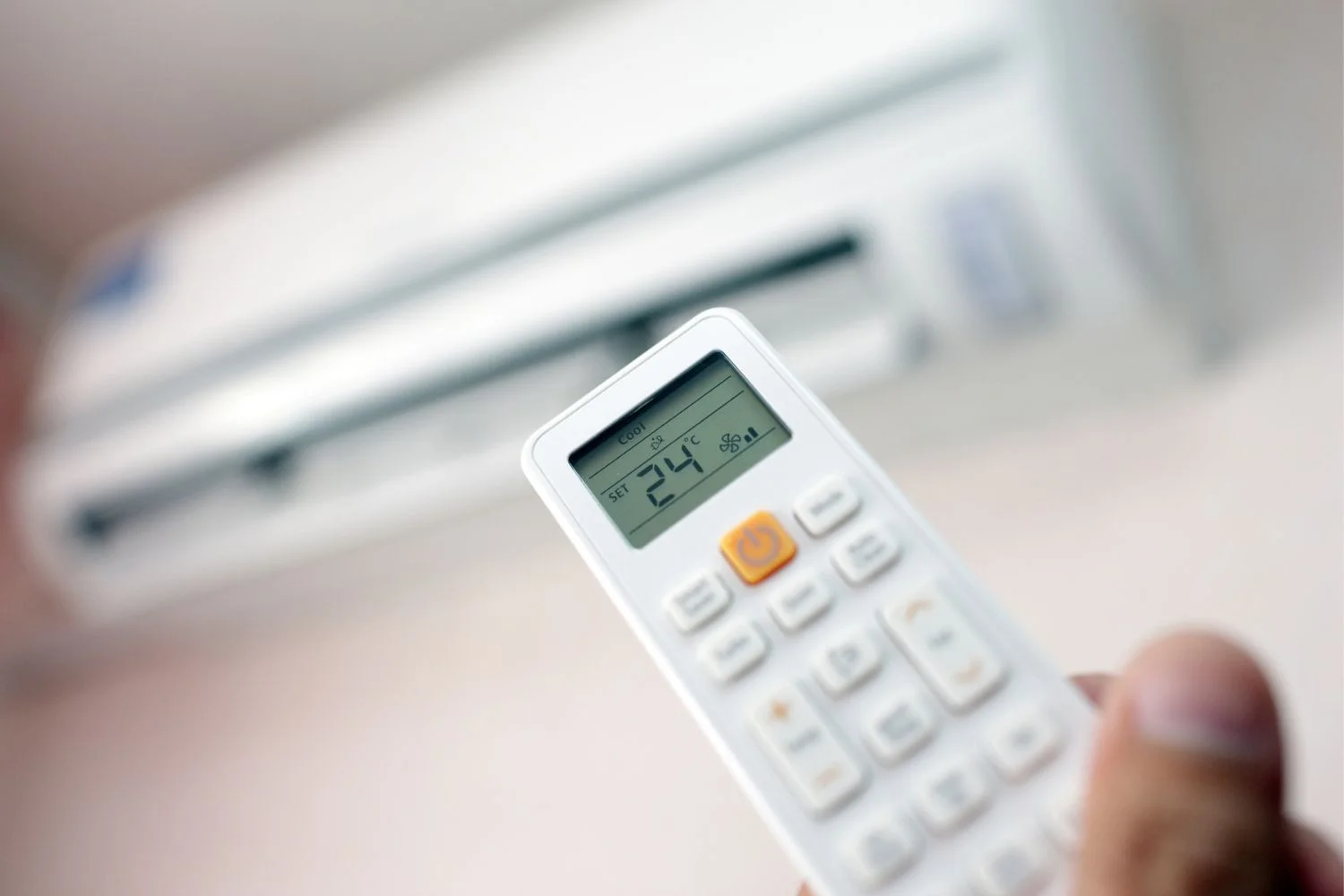


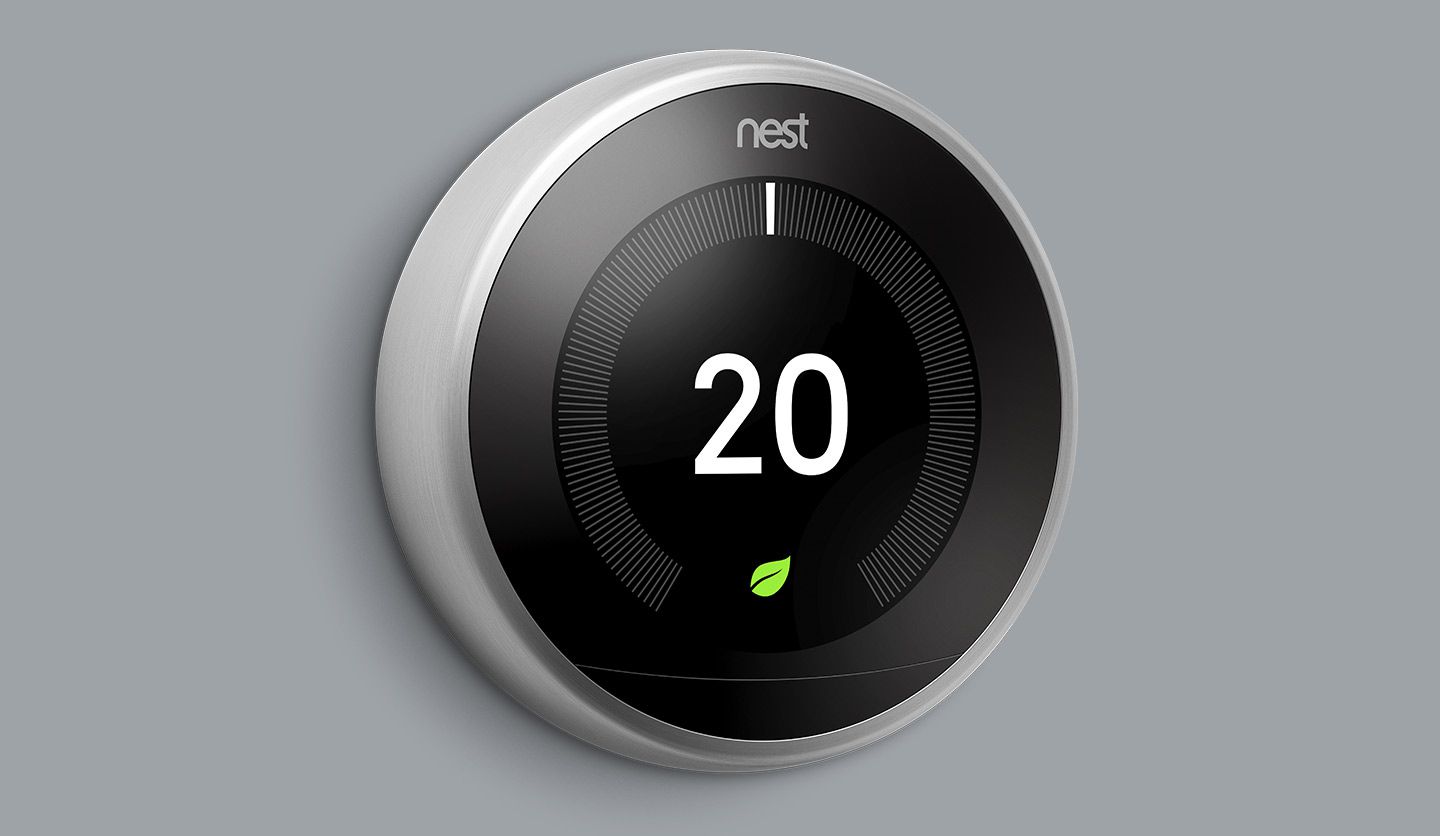

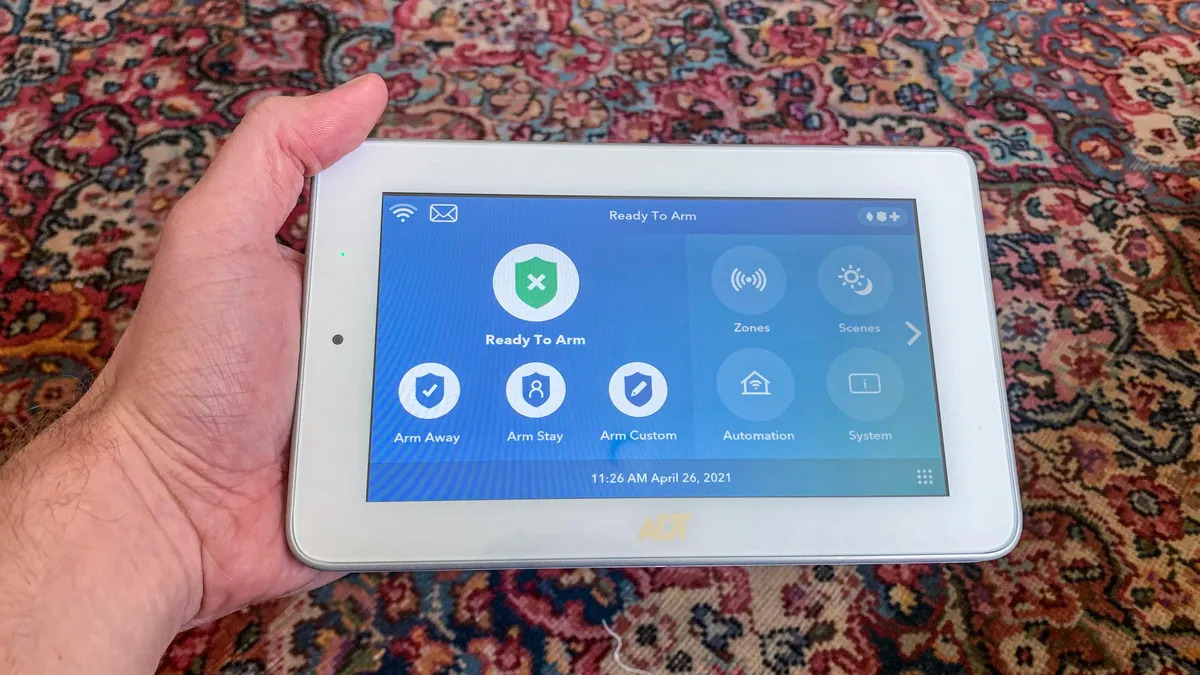
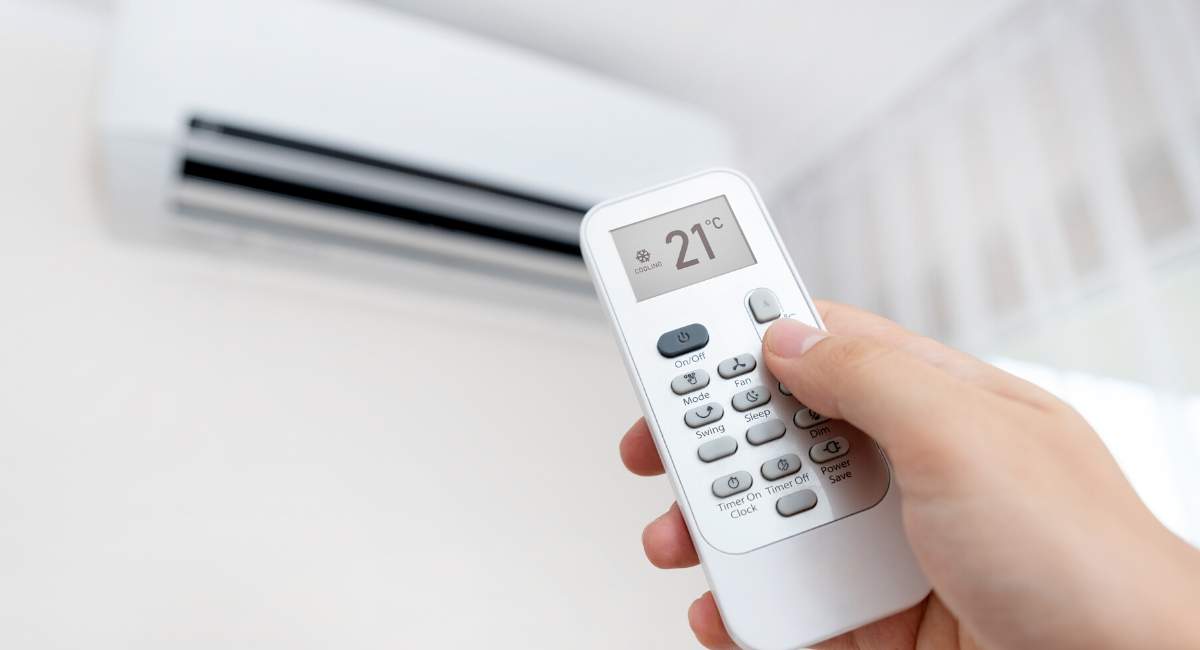
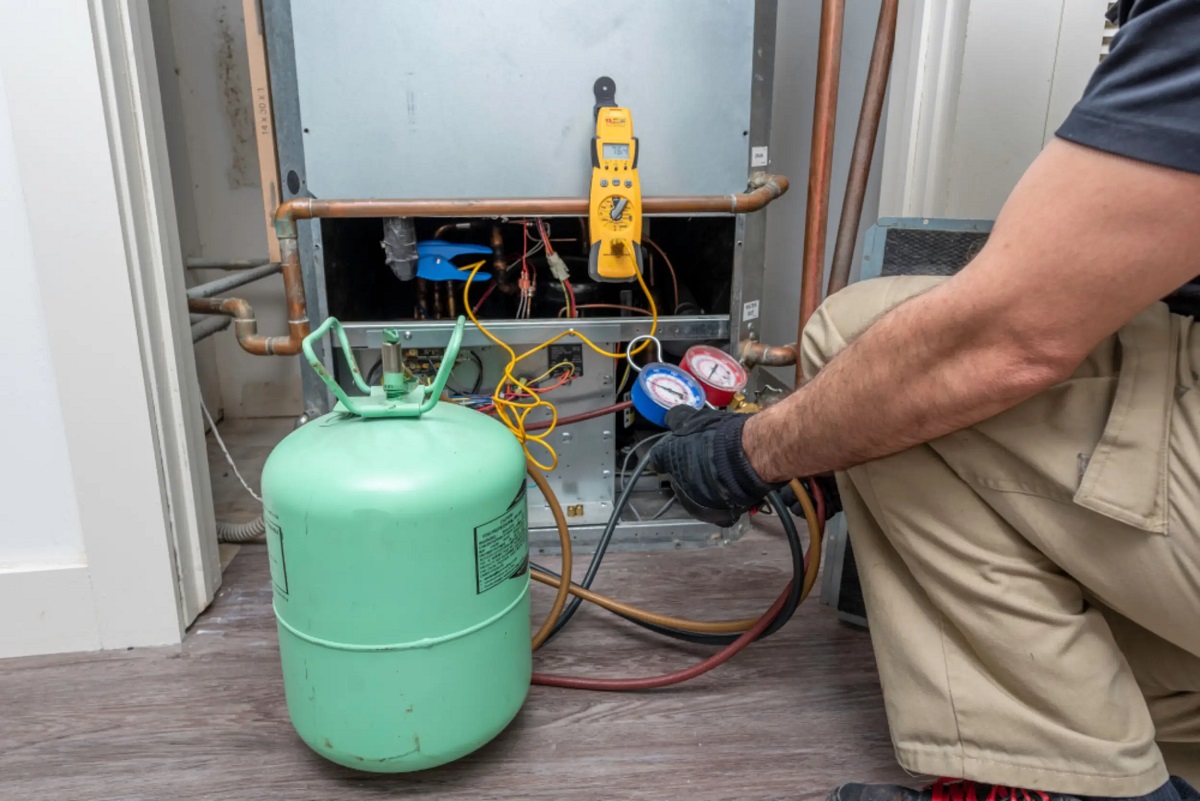

0 thoughts on “What Is Eco Mode On AC”